Rising Consumer Awareness
Consumer awareness regarding vehicle safety and environmental impact is on the rise, influencing the Automotive Exhaust Shield Market. As consumers become more informed about the benefits of effective exhaust shielding, they are increasingly demanding vehicles equipped with advanced exhaust systems. This shift in consumer preference is prompting manufacturers to prioritize the integration of high-quality exhaust shields in their designs. Market data suggests that approximately 60% of consumers consider safety features, including exhaust shielding, as a critical factor in their purchasing decisions. Consequently, the Automotive Exhaust Shield Market is likely to expand as manufacturers respond to this growing demand for safer and more environmentally friendly vehicles.
Increasing Vehicle Production
The automotive industry continues to experience a surge in vehicle production, which directly influences the Automotive Exhaust Shield Market. As manufacturers ramp up production to meet consumer demand, the need for effective exhaust shielding becomes paramount. In 2025, the production of passenger vehicles is projected to reach approximately 80 million units, indicating a robust market for exhaust components. This increase in vehicle output necessitates the integration of high-quality exhaust shields to ensure compliance with stringent emission regulations and enhance vehicle safety. Consequently, the Automotive Exhaust Shield Market is likely to benefit from this upward trend in vehicle manufacturing, as more vehicles on the road translate to a higher demand for exhaust shielding solutions.
Growth of Aftermarket Services
The growth of aftermarket services in the automotive sector is contributing to the expansion of the Automotive Exhaust Shield Market. As vehicles age, the demand for replacement parts, including exhaust shields, increases. This trend is particularly pronounced in regions with a high number of older vehicles still in operation. Market analysis indicates that the aftermarket segment is projected to grow at a compound annual growth rate of 5% over the next five years. This growth presents a lucrative opportunity for manufacturers and suppliers within the Automotive Exhaust Shield Market, as they can capitalize on the need for replacement and upgraded exhaust shielding solutions in the aftermarket.
Stringent Emission Regulations
Regulatory bodies worldwide are implementing increasingly stringent emission standards, which significantly impact the Automotive Exhaust Shield Market. These regulations aim to reduce harmful emissions from vehicles, compelling manufacturers to adopt advanced exhaust systems that include effective shielding solutions. For instance, the introduction of Euro 7 standards is expected to further tighten emission limits, thereby driving the demand for innovative exhaust shields. As a result, the Automotive Exhaust Shield Market is poised for growth, as manufacturers seek to comply with these regulations while maintaining vehicle performance. The need for compliance not only enhances the market for exhaust shields but also encourages technological advancements in materials and design.
Technological Innovations in Materials
The Automotive Exhaust Shield Market is witnessing a wave of technological innovations in materials used for exhaust shielding. Advances in lightweight and heat-resistant materials, such as advanced composites and ceramics, are enhancing the performance and durability of exhaust shields. These innovations not only improve the efficiency of exhaust systems but also contribute to overall vehicle weight reduction, which is crucial for fuel efficiency. As manufacturers increasingly adopt these advanced materials, the Automotive Exhaust Shield Market is expected to experience significant growth. The integration of innovative materials aligns with the automotive industry's broader trend towards sustainability and efficiency, further driving market expansion.


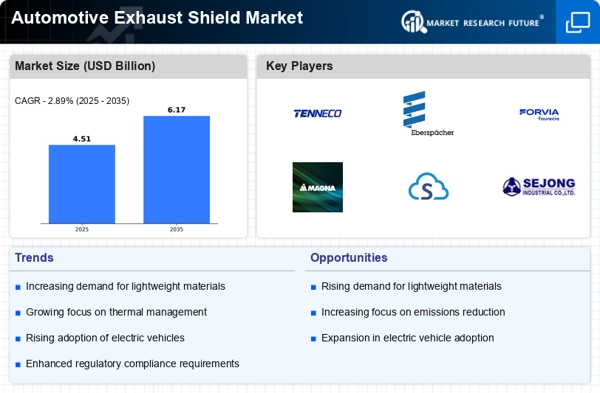

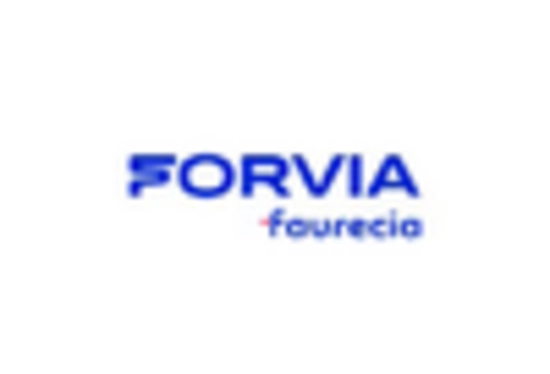
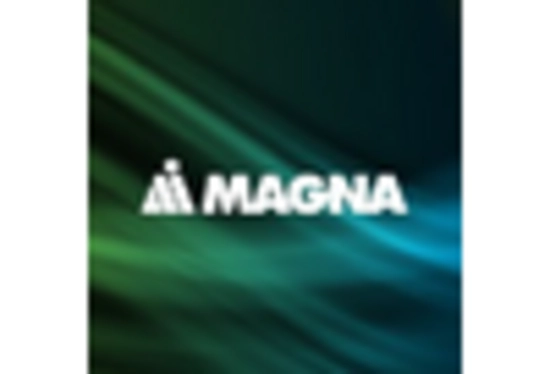

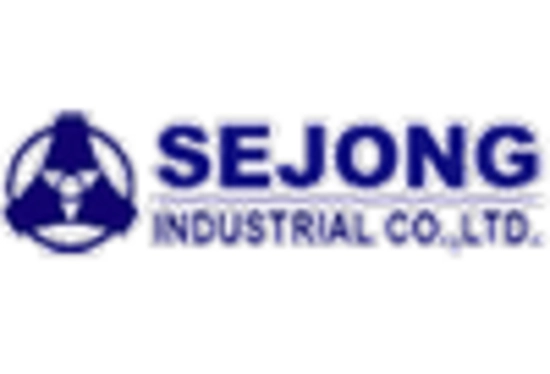
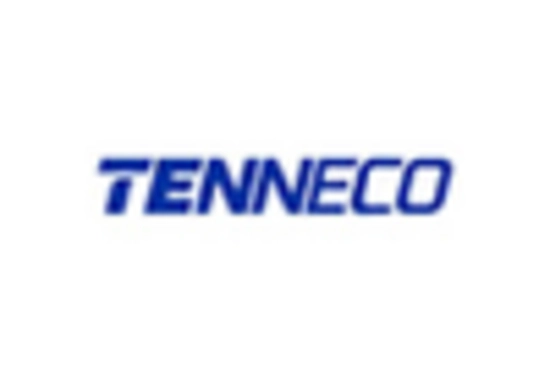








Leave a Comment